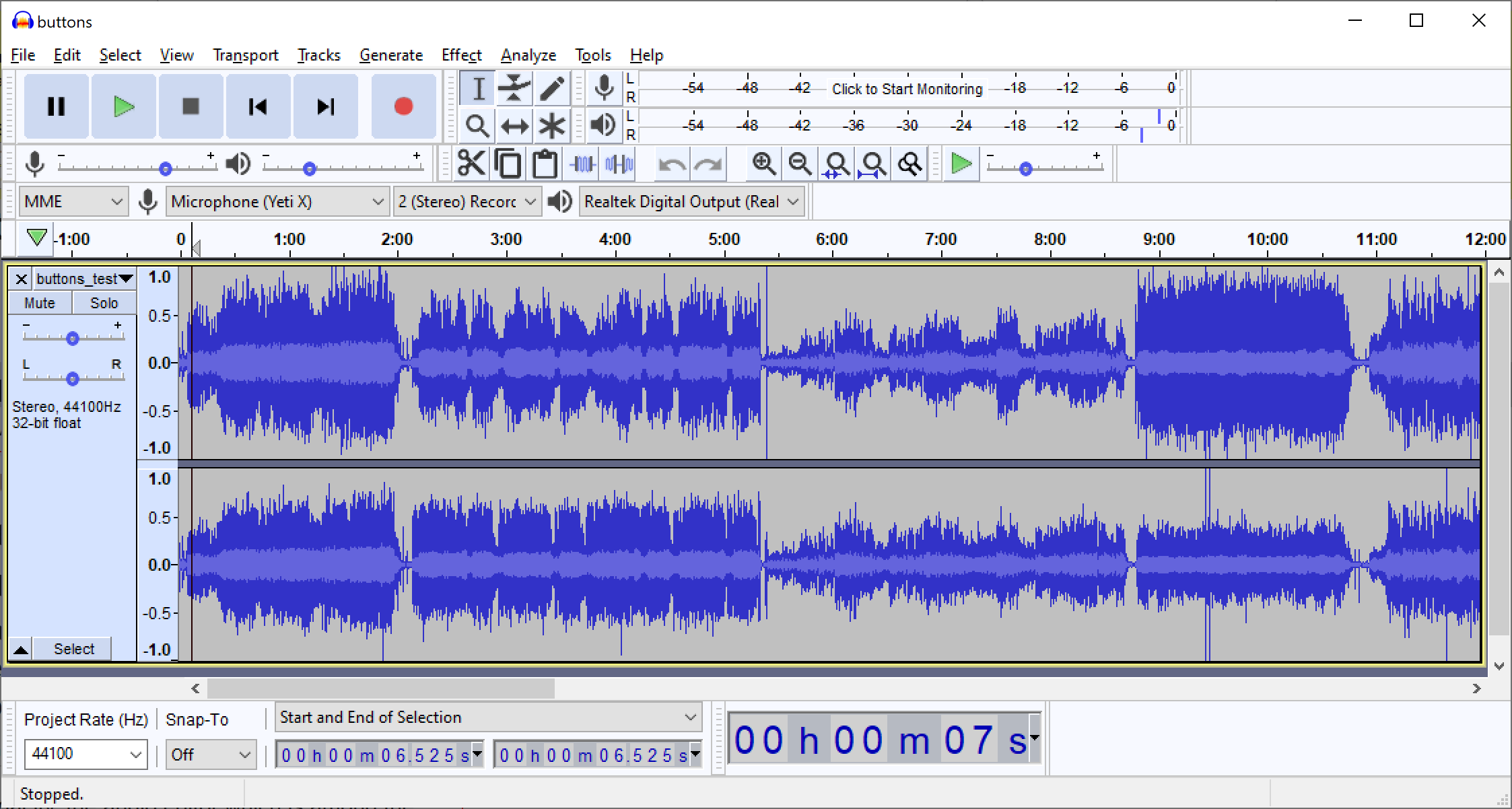

When importing uncompressed audio files, such as WAV or AIFF, Audacity has an import preference that lets you save disk space and edit the files almost immediately by reading them directly from their original source location, rather than copying them into the project. You can unhide extensions on Windows by following these instructions. exe installer and "Hide file extensions for known file types" remains checked in Windows Explorer. aup extension will be hidden if Audacity was installed from the. aup file will only appear as "my_song" in the computer. Note that default behavior on Windows and Mac is to hide certain file extensions if this applies, the.
Within that _data folder, a sub-folder structure with lots of little AU files which are individual segments of the audio data. A _data folder with the same project name and in the same folder as the. An AUP project file - the name of the project followed by ".aup", for example "my_p". The structure of a saved Audacity project is: Projects are a convenient way to save your extended multi-track piece and come back to it later exactly as you left off. The audio can be a recording, imported files, generated audio or a mixture of any of those. Pack up all the components as you found them and return to the Learning Curve.The Audacity Project Format stores all Audacity tracks and clips, labels, amplitude envelope points, gain and pan data, together with other project data. When you have finished recording, unscrew the microphone from the tripod by twisting counter-clockwise. Select the microphone drop-down or the audio settings of your software and select the Blue Snowball microphone. Open the software you are using to record audio, such as Audacity (Don’t have Audacity? Download at ). Follow the instructions on page 2 in the quick start guide to set the levels for your microphone on your computer. The top of the microphone will glow red, indicating it is now connected to power. Plug the microphone into your computer with the provided USB cable. 
Place the microphone on the tripod and screw in clockwise until it’s tightly fitted.You can check out a Blue microphone at the Learning Curve on the first-floor of Myrin Library to use for recording audio for podcasts, presentations, and more! Details Components Included in the Box:






 0 kommentar(er)
0 kommentar(er)
